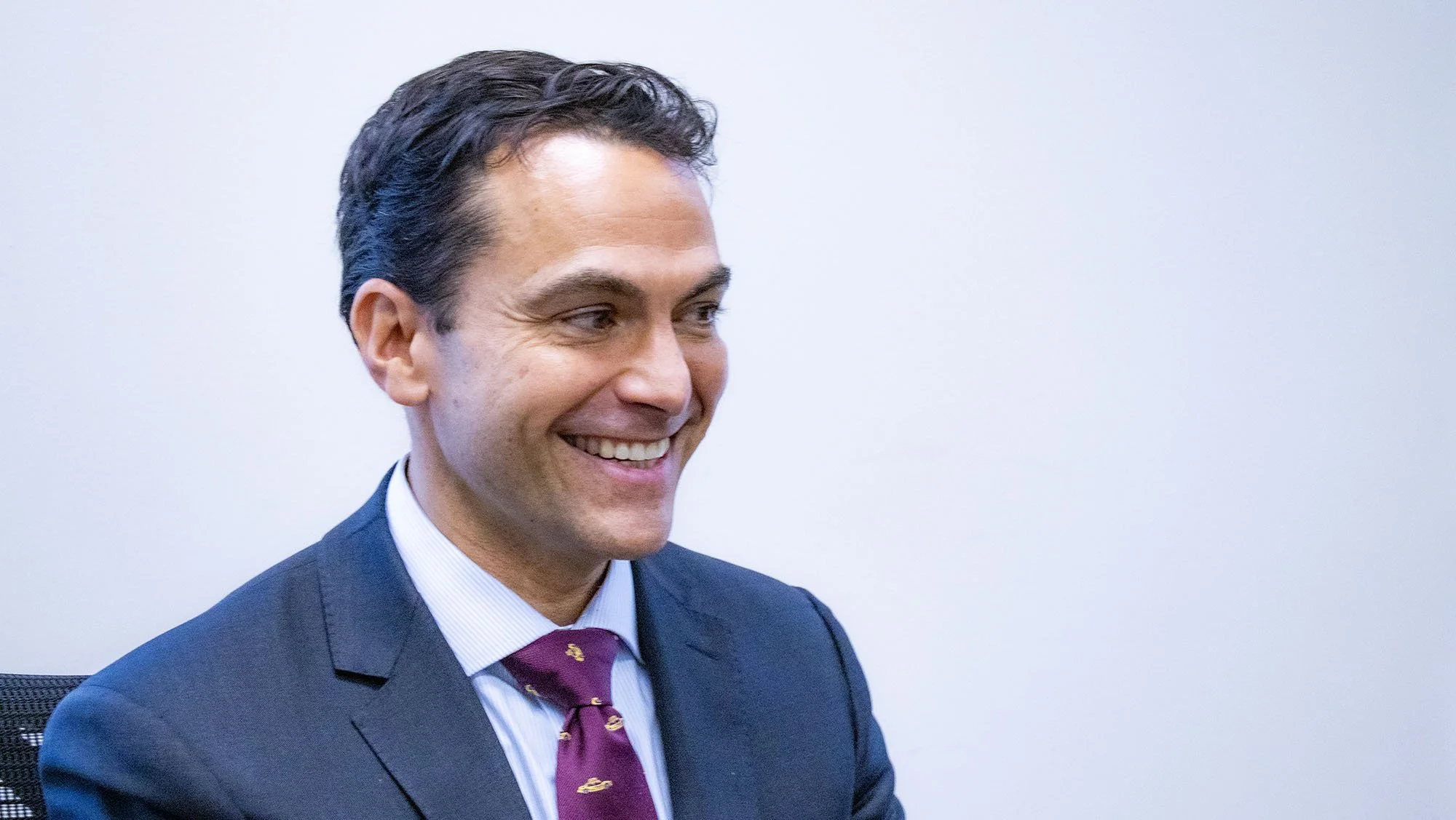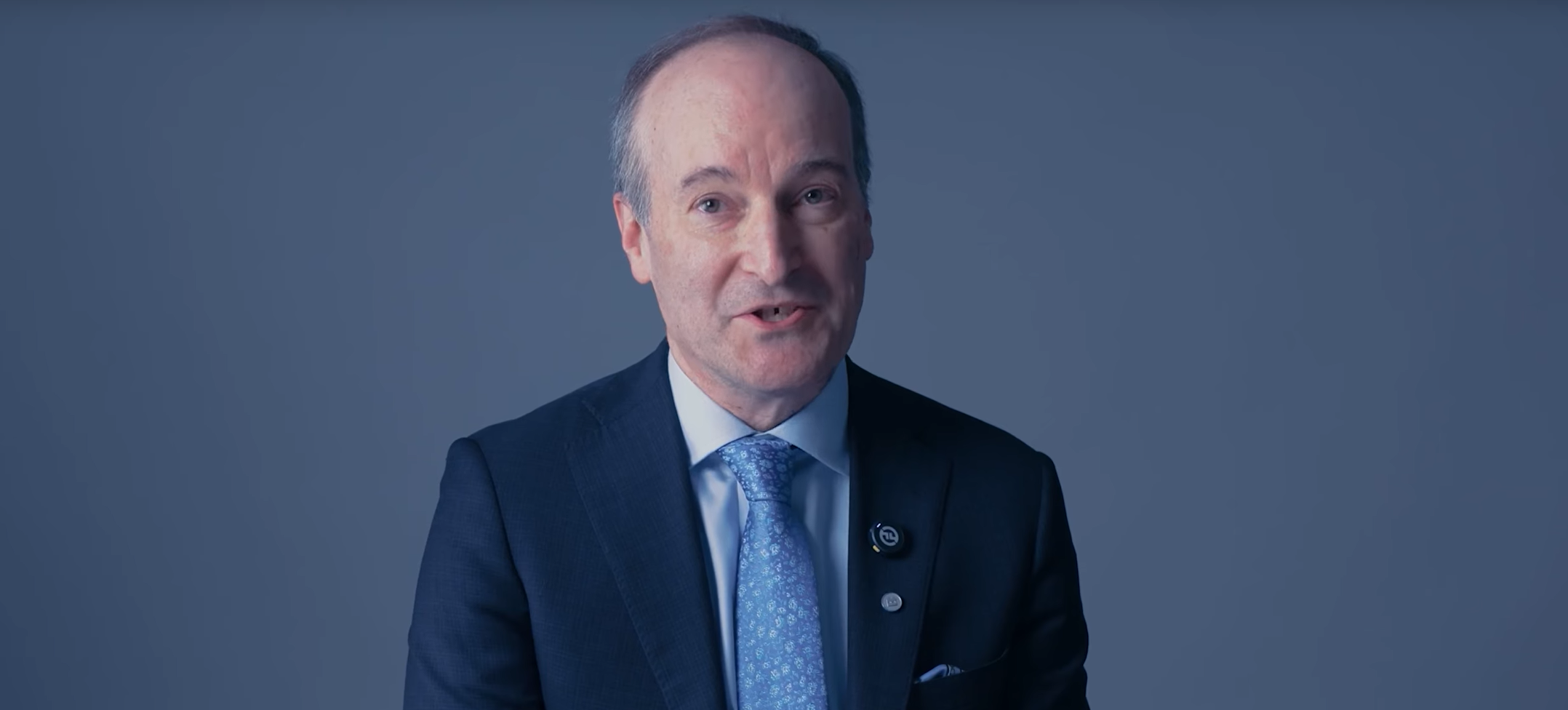Top 10 things to know about Budget 2025
Finance Minister François-Philippe Champagne, pictured with Prime Minister Mark Carney. / TWITTER PHOTO
A historic budget — for spending, investment, deficits and policy innovation.
And impact? History will tell.
1. Yes, it’s a big-spending budget (which could boost near-term economic growth) but after next year, 85% of the new money is capital. While that sounds good, it will require new disciplines in the public service, and a lot of private co-investments. Bottom line: Time to move from talk to term sheets.
BUDGET 2025 COVER
2. To help with that, the budget has some important incentives for private capital, including the lowest effective corporate tax rate in Donald Trump’s G7. That’s important for resource projects, but also a new generation of manufacturing and digital infrastructure the country needs.
3. The deficit ($78.3 billion) is eye-popping. We can manage one-time hits like this, but it’s the rate of recovery that matters — and we’ll still be running $50B+ deficits into the 2030s.
4. Canada can stand taller at NATO, with $84 billion over 5 years for defence. But that’s not as much as some were expecting — and a lot is earmarked for upgrades and cyber defence. We may see a bigger number in the years ahead for other stuff.
5. AI is now a big part of industrial strategy. Among other interesting policy moves, the Canada Infrastructure Bank will be allowed to lend for AI projects, such as data centres. And buried in the details is a commitment by the Department of National Defence to help build a made-in-Canada AI tool.
6. Look for more critical minerals deals, with a $2 billion envelope that the government can use to buy equity stakes and lend to projects.
7. LNG is back. Low-emissions liquefaction plants (measured against an undefined benchmark) will be eligible for a big jump in accelerated capital cost allowances, which should make a few West Coast projects more competitive.
8. For all the talk of public service austerity, program spending is essentially frozen, and job cuts may total only 10% over a few years — and that’s after a massive expansion.
9. Carney’s climate policy is taking shape and presents a fascinating trade — stronger industrial carbon pricing and clean electricity regulations for a likely end to the emissions cap and an extension of tax incentives for carbon capture. Let’s see what Alberta and Saskatchewan have to say.
10. There’s another fascinating bet on global academic talent: $1 billion for international research chairs and $250 million to recruit PhDs and assistant professors. But here’s a rub: Ottawa is cutting international study permits to 150,000 …
… and immigration could be one of the budget’s ultimate wildcards. Ottawa is cutting the permanent resident target to 150,000 a year. And while more of that will be allocated to “economic class” candidates, we may not have enough people to build all those big projects.
It’s being sold as an investment budget. So let’s remember a golden rule of investing … ideas are easy, execution is everything.
This piece was originally published on LinkedIn and is reprinted here with his permission. Read more at RBC’s Thought Leadership website.







